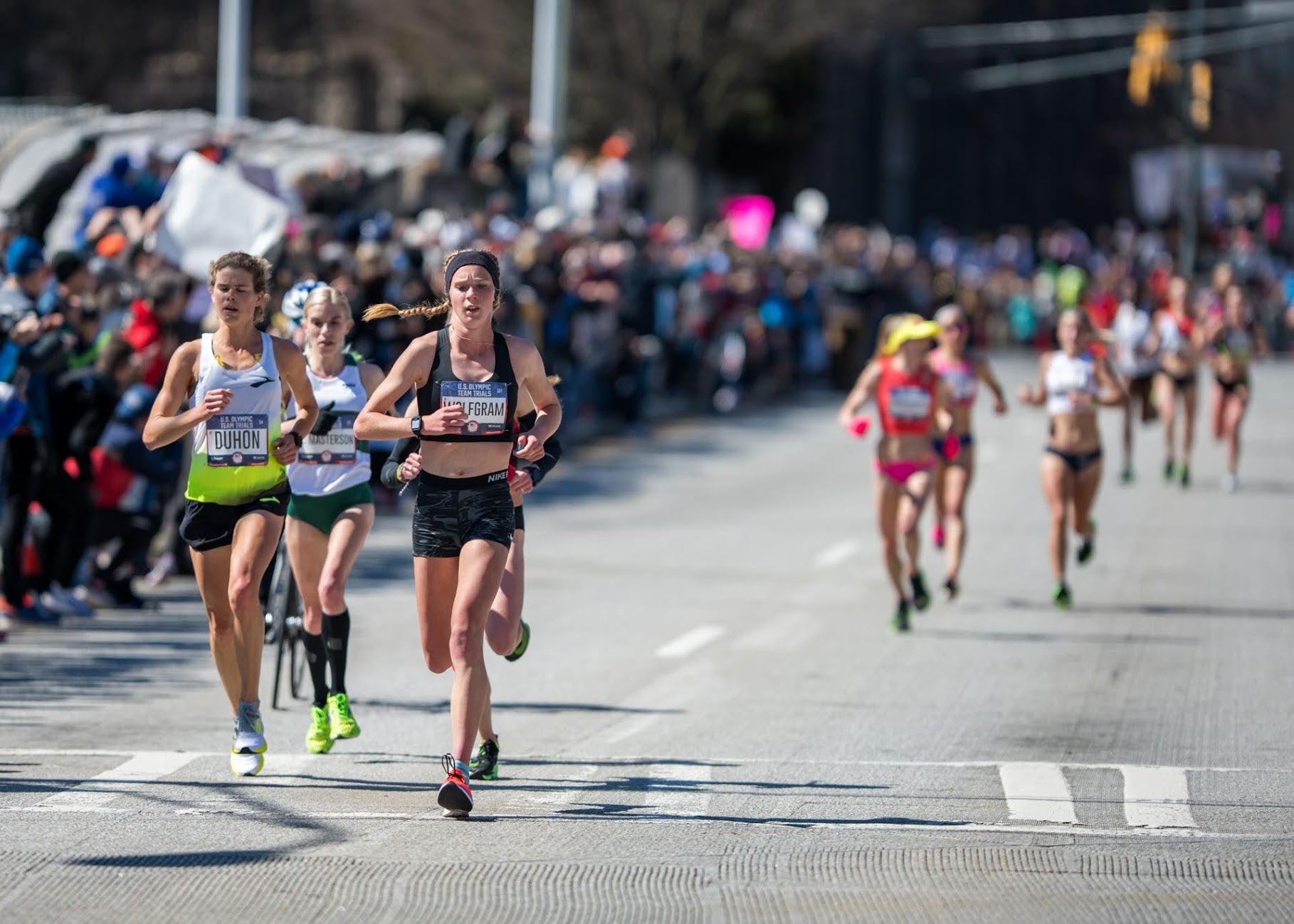Think of a class you found challenging in school. Imagine that you spent all your time studying to get an A. Now imagine that you walked into that classroom one day and the instructor said, “All the tests are cancelled.”
Now what?
How would you approach learning if you weren’t preparing for a set exam on a particular date? Would you want to slow down and explore some topics more deeply? Would you spend more time delving deeper into the parts you enjoy, or focus on the areas you don’t understand as well? Or maybe you’d just breathe a sigh of relief and go home.
For many runners, with spring and summer races on hold indefinitely, it’s as though all the tests have been cancelled. Sure, you can stick to the syllabus and write your own exam at the end, and that can be a valuable way to learn. But these are unprecedented times, and for those of us lucky enough to be able to continue running and training, I offer this challenge:
All the races are cancelled. What are you training for?
The answer to that question will be different for every runner. For some, it will be sanity miles, and for others, a goal of maintaining fitness. Some of us will join the Barely Running Club and take a much-needed break from the stresses of training. But as work days and weekends blur together, the pause in the race schedule has removed another measure of time that many of us live by--the distance between now and race day. The unending stream of statements from race organizers opting for virtual races and the seemingly inevitable cancellation of all large fall events pushes out hope of crossing a formal finish line in a major race until 2021.

Without mesocycles and training blocks to number our weeks and measure progress, it can be hard to stay focused, or even motivated to train. ‘What am I training for’? may even become a question we ask ourselves when there seems to be little point in getting out the door. There’s another way to look at this gap in the race schedule, though: instead of training for an uncertain finish line, we can train for the next starting line.
To return to our test-taking analogy, training for races can become a little like studying only from flashcards--i.e., they’re a great tool for efficiently producing the right response to specific questions, but little help in developing a well-rounded deeper knowledge of a subject. When we’re working toward a goal race, specificity of training is key. We learn the required skills by rote, whether in the form of pace miles or hill repeats, threshold runs or time trials.
Part of what makes race training so gratifying is because progress is easily measured and the results are even somewhat predictive in nature. Run these repeats at this pace and it means you’re ready. It may feel like an efficient strategy, but gearing our workouts exclusively for race goals--training only for finish lines--can lead us to neglect other areas of our development as athletes. In fact, as David Epstein explores in Range, well-rounded athletes tend to out-perform their more specialized peers and also enjoy lower risks of injury and burnout.

Let’s take this summer as an opportunity to put away the flashcards for a while and actually focus on the summer reading list. Let’s use this time to prepare so that we start our next class in the best position we can. This summer, let’s do the work we don’t make space for when we’re counting repeats and hitting paces. Let’s focus on developing as athletes, not just race entrants.
What would it mean to start your next race season as a stronger, more capable runner? Pull out your training log and look beyond the numbers. What patterns do you see? Where are the gaps?
- Do injuries crop up once you push past a particular volume or when you introduce speedwork?
- Are there paces or skills you haven’t worked on in a while--short speed, hills, longer long runs?
- Where do you struggle in races? Do your legs feel like lead at mile 10 of a half marathon, or is your aerobic capacity limiting your speed in marathons?
- Does that nagging injury always re-emerge 10 or 12 weeks into a training cycle?
Once you’ve identified your limiting factors, pause for a second. For most runners, our instinct is to immediately triage The Thing by doing more of it. Struggle on hills? Run more of them. Want to quicken your turnover? Do 200m repeats. This approach seems simple enough, but it fails to address the underlying issues, leaving us open to frustration, burnout, and injury. The goal here is not to immediately do The Thing, it’s to do the work that supports The Thing. The right foundational work now will become the basis for higher mileage, better quality workouts, and greater injury resistance down the road.

Take some time to dig a little deeper into your injury patterns. Can you work with a PT and swap a day or two of running each week for targeted strength or mobility work? Trading the comfort of mileage for something new can feel risky, but ask yourself what is more valuable--a handful of easy miles, or an hour or two a week of strength training that will enable stronger future training cycles?
It’s also a great time to experiment. If the wear and tear of high volume limits your aerobic training--or if you just need a break from running--can you add cross-training to supplement that development? Studies have shown that cycling can support VO2 max development in runners as effectively as running, and also facilitate running recovery on ‘off’ days while improving overall aerobic fitness.1-3
If you’re looking to add speed to your fall training, start to build the foundations for that work this summer. Strength training, plyometrics and drills will develop efficiency and the physiological adaptations necessary both to prepare your body both for the demands of speed work and also produce better results once you begin.

In the next post in this series, we’ll look at specific training strategies and workouts that support long-term goals. Now is the time to reflect and plan, and to get ready to do the work that supports the work of getting faster, going farther, or wherever your next race goal takes you. Because there will be races and time clocks and mile markers soon enough. Let’s be ready.



